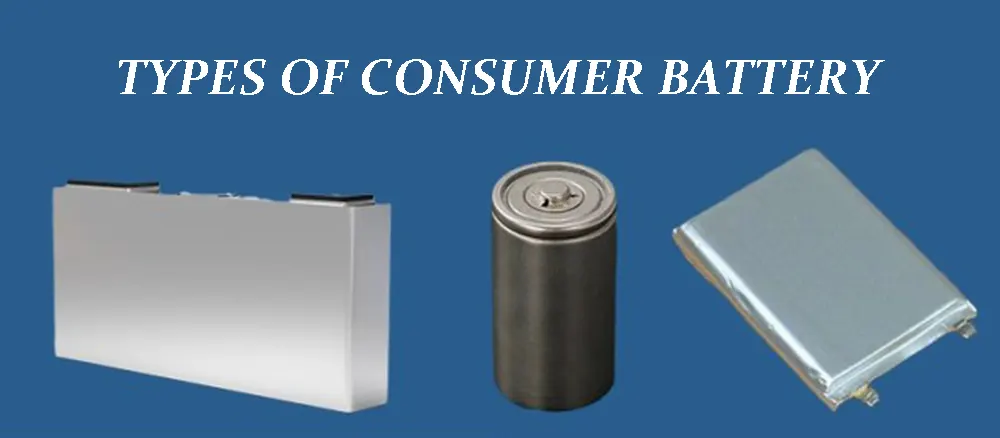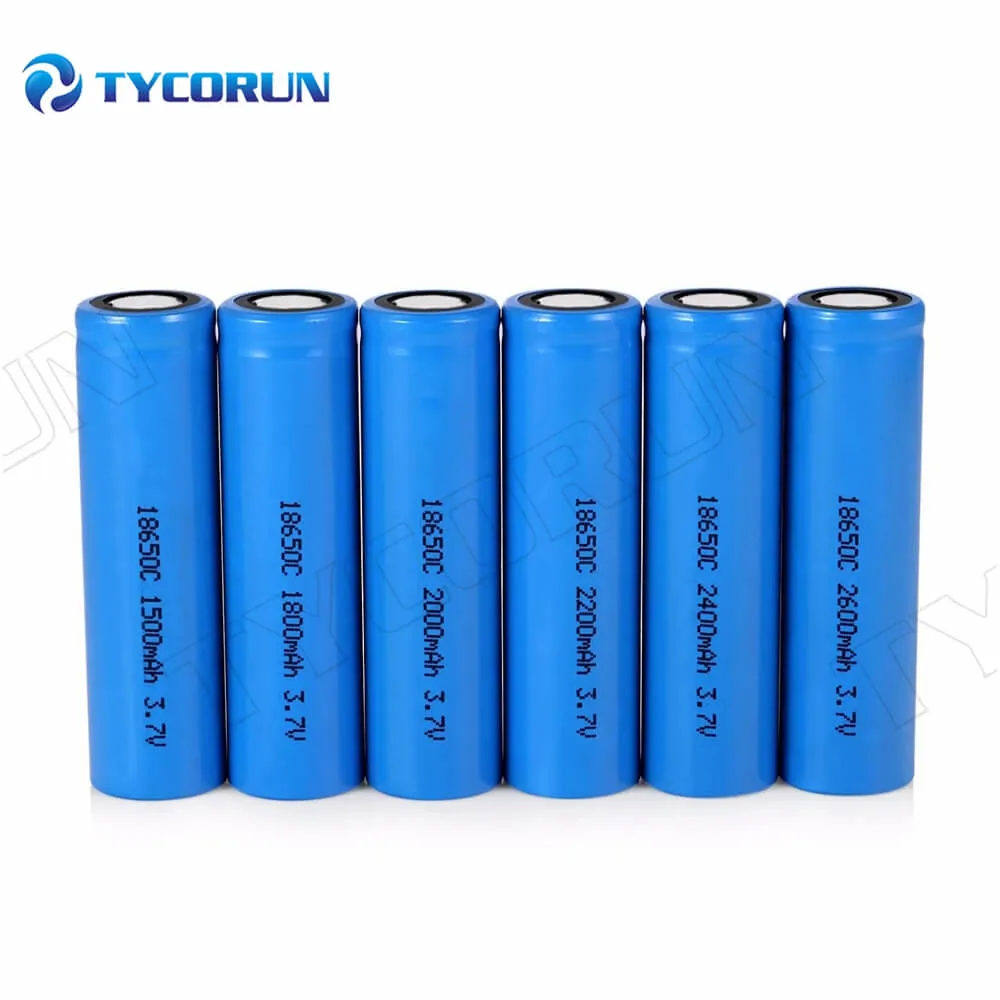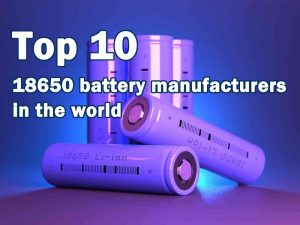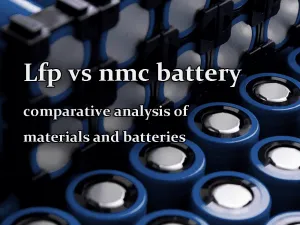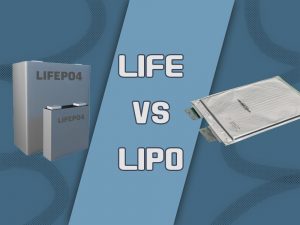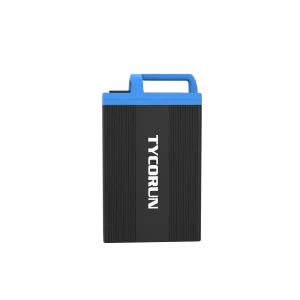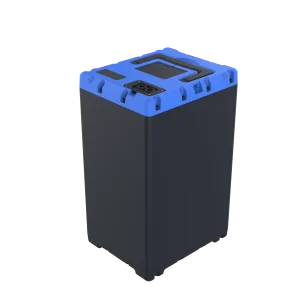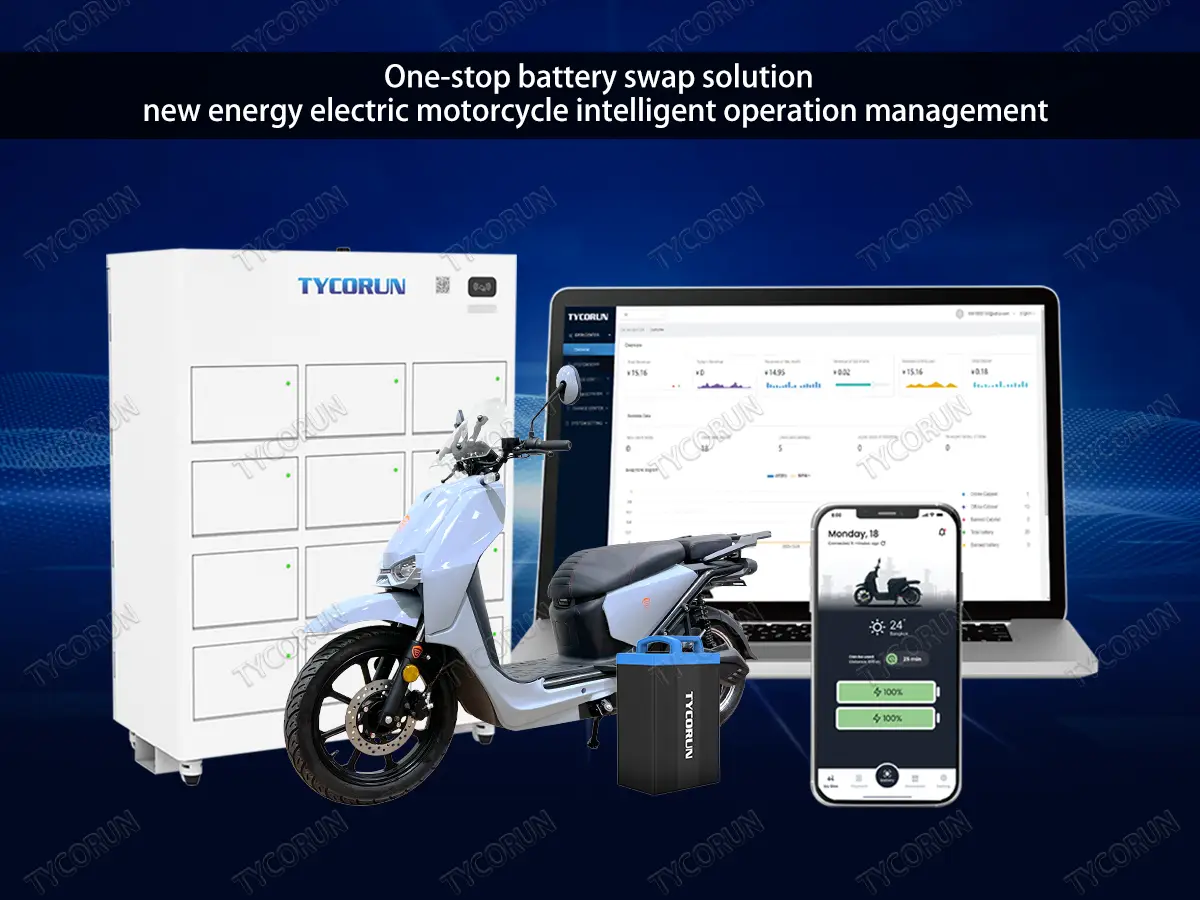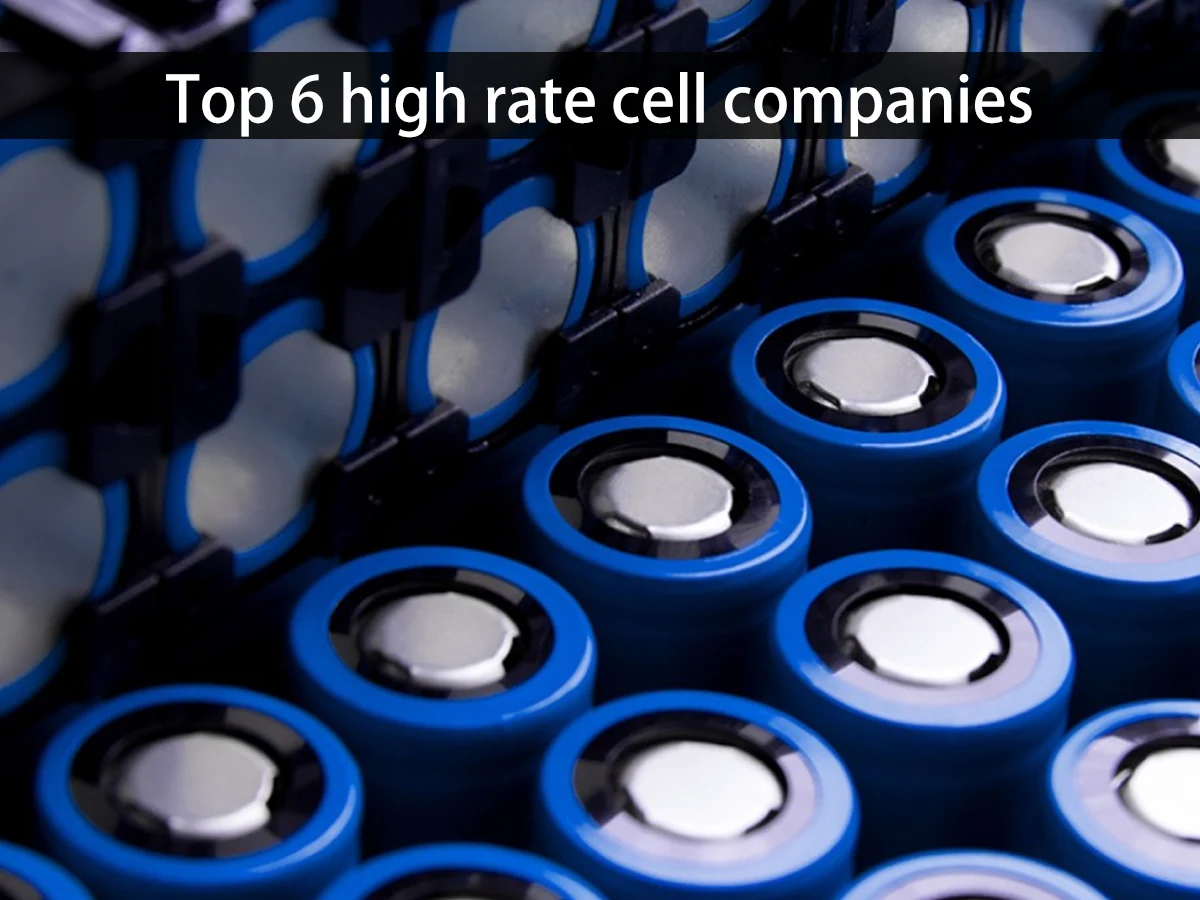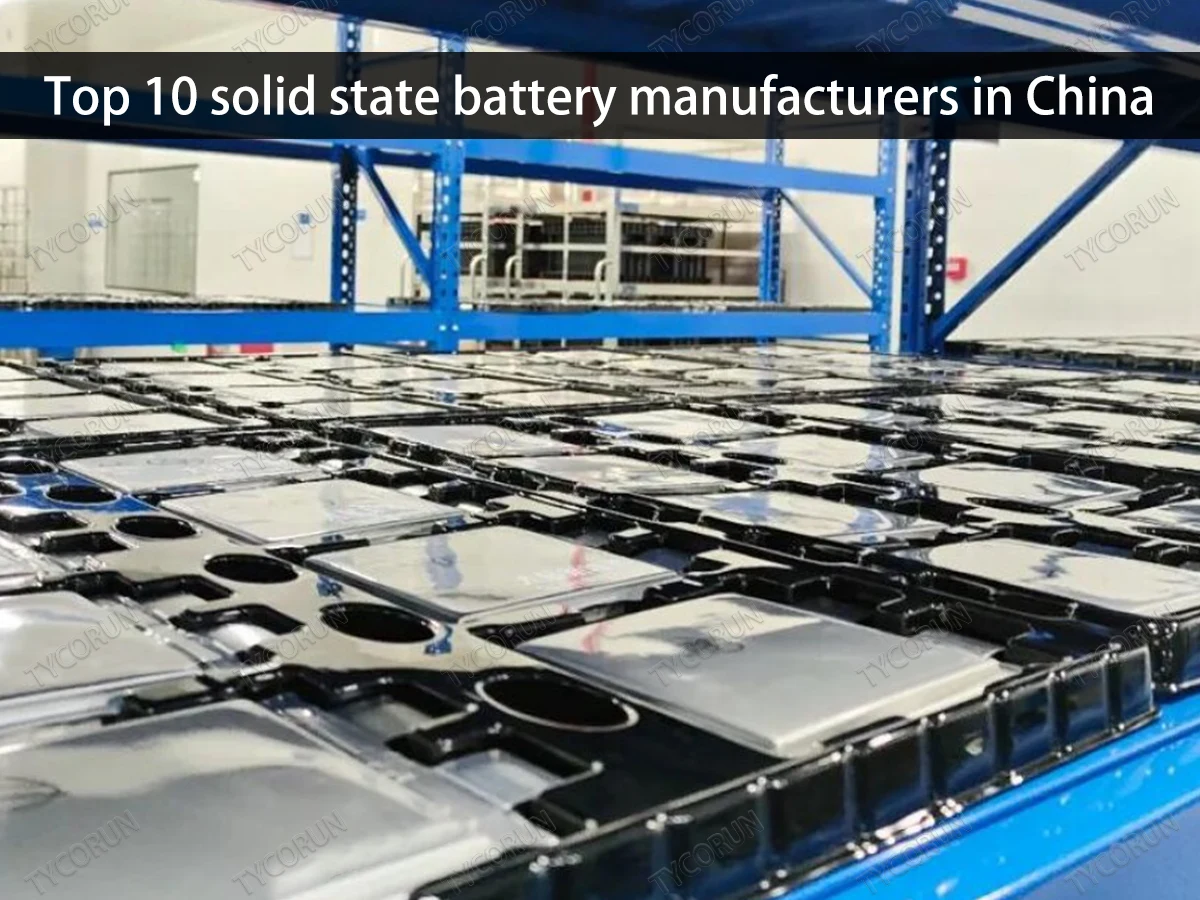Detail introduction of consumer battery - types and features

Applications of the lithium consumer battery
Consumer electronic battery has a wide range of applications and is mainly used in the field of 3C consumer electronics. 3C consumer electronics include traditional electronic products such as mobile phones, computers, and digital cameras.
Among them, the computer and mobile phone market accounted for half of the lithium consumer battery market, but the proportion showed a downward trend, while the proportion of battery shipments for emerging consumer electronics products showed an upward trend.
With the advancement of 5G, Internet of Things, AI and other technologies, emerging consumer electronic products such as Bluetooth headsets, wearable devices, smart speakers, portable medical devices, electronic cigarettes, drones, and vehicle recorders continue to emerge. The number of production enterprises is gradually increasing, and the demand of the global lithium-ion consumer battery industry continues to grow.
Types of lithium consumer battery
Consumer battery shape types
At the technical level, the consumer battery packaging process has experienced the evolution of “cylindrical-prismatic-pouch”, and the iteration of the technical route is beneficial to Chinese companies with deep accumulation in the segmented field.
The technical research and development direction of consumer batteries is to improve battery charging efficiency while maintaining its safety, and to reduce the cost of battery materials. Consumer electronic battery refer to energy storage tools that provide power for consumer electronics products, mainly lithium-ion batteries.
In recent years, some research institutions have predicted that the current penetration rate of soft pack batteries in the 3C consumer market is as high as 80%. Compared with the other two types of batteries, under the trend of intelligentization and special-shaped batteries, the demand for portability, thinness, high capacity, and flexibility makes pouch batteries widely used in the field of 3C consumer electronics.
Among them, the cylindrical battery is the first lithium battery structure that can be widely commercialized in human history, so its process maturity is the highest, and the size and size of cylindrical batteries are various. Cylindrical batteries are also seen in small batteries in 3C consumer electronics products, the most common being 18650 battery.
18650 lithium-ion battery cell 3.7v 2600mah
Click on the picture for more product details
In addition, in order to adapt to the special shape of digital devices such as smart wearable devices and TWS earphones, the application of small button batteries and bendable flexible batteries is gradually increasing, which puts forward higher requirements for battery design and packaging technology. lithium-ion battery manufacturers such as Greatpower and EVE have fully accumulated in the corresponding market segments and have sufficient potential for future development. More Chinese consumer battery manufacturers can refer to top 10 3C consumer lithium battery manufacturers in China.
Consumer battery material types
According to the material, the consumer battery is divided into two types: 3.7v ternary lithium battery and 3.2v lithium iron phosphate battery. Almost all common electronic products are 3V electronic battery.
The most used is the ternary lithium consumer battery, because compared with the lithium iron phosphate material, the discharge specific capacity and average voltage of the ternary material are higher. In addition, due to the low true density, small particles and carbon coating of lithium iron phosphate materials, the compacted density of the pole piece is about 2.3-2.4 g/cm3, the compaction density of ternary pole pieces can reach 3.3-3.5 g/cm3, so the volume specific energy of ternary materials and batteries is much higher than that of lithium iron phosphate.
From the perspective of safety, the main structure of the lithium iron phosphate material is PO4, and its bond energy is much higher than the M-O bond energy of the ternary material MO6 octahedron. The thermal decomposition temperature of the fully charged lithium iron phosphate material is about 700 °C.
The thermal decomposition temperature of the corresponding ternary material is 200-300 °C, so the lithium iron phosphate material is safer. From the battery point of view, the lithium iron phosphate battery can pass all the safety tests, but the acupuncture and overcharge tests of the ternary battery cannot be easily passed, and it needs to be improved from the structural parts and battery design.
Lithium consumer battery market and future
Lithium-ion consumer battery is mainly used in consumer electronic products. Because consumer electronic products are easy to charge and the power consumption of a single device is relatively small, therefore, lithium-ion consumer batteries often have the characteristics of relatively small individual battery power compared with power-type and energy-storage lithium-ion batteries.
Emerging electronic battery used in Bluetooth headsets, wearable devices, and smart speakers are smaller batteries than traditional mobile phones and laptops electronic battery, usually below 1,000mAh.
Measuring the growth space of the lithium-ion consumer battery market in the future in the world and China from the perspective of the number of lithium-ion consumer battery will be more in line with the actual market situation than the results obtained by measuring the battery capacity.
After years of development, the lithium-ion consumer battery industry has a high degree of marketization and many participants. With the continuous upgrading of downstream consumer electronics products, the requirements for battery performance are getting higher and higher, so the level of battery manufacturing technology and technology largely determines the competitiveness of odm lithium-ion battery manufacturers.
At the same time, the price level and service quality also play a key role in obtaining orders for manufacturers and obtaining long-term and stable cooperation with major customers. From the perspective of the global market, manufacturers of lithium consumer batteries are mainly concentrated in China, Japan, and South Korea.
With the iteration of traditional consumer electronics products and the continuous emergence of emerging consumer electronics products, lithium consumer batteries will continue to show a steady growth trend. The future development space of lithium consumer battery is still sufficient, and the evolution of the pattern and localization will benefit the second-tier manufacturers in China.
Lithium-ion consumer battery terminal application scenarios are diversified and expanded, the demand in traditional fields is stable, and the growth in emerging fields is significant, driving the consumer battery industry to continue to develop well. In 2020, China’s 3C digital battery shipments will reach 36.6GWh, a year-on-year increase of 8.8%, and the global lithium-ion consumer battery shipments will reach 95GWh by 2023;
The lithium consumer battery market has a high degree of concentration. With Samsung SDI, LG Chem, BYD and other leading enterprises shifting their production focus to power batteries, the industry competition pattern has evolved to one super and many strong.
Enterprises such as Zhuhai Guanyu and Sunwoda are expected to gradually replace the market share of Japanese and Korean manufacturers. From the perspective of subdivided tracks, the dividends of cordless, lithium-ion and localization in the field of electric tools are gradually emerging.


